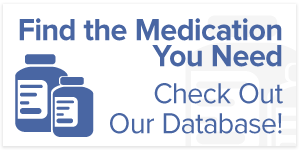When we typically purchase a product or a service, we check the cost and directly pay the amount to the provider. However, things are a little different when it comes to the healthcare industry due to its reimbursement methods.
One of the major factors that distinguish the healthcare industry from others is that healthcare providers are paid after they provide the service. The entire reimbursement process takes at least a month or more as it involves many complex steps.
As there are only specific payment methodologies that are used for reimbursement, they can be divided into two categories—fee-for-service and capitation.
Free-For-Service
Free-for-service payment includes three methods, and it runs by the rule that the higher the number of services offered, the greater will be the reimbursement amount.
The three reimbursement methods are charge-based, cost-based, and prospective payment.
Charge-Based Reimbursement
When the payer pays billed charges, the payment is based on a rate schedule which is set by the healthcare provider also known as the chargemaster.
Previously health insurance allowed payers to reimburse providers based on the billed charges, but now trends are shifting towards other reimbursement methods. If the trend prevails, only self-pay, or private-pay patients will be expected to give billed charges. However, even then, poorer patients are charged less.
Insured payers who have enrolled in managed care plans are allowed to pay discounted or negotiated charges.
Cost-Based Reimbursement
Under this method, the payer has to reimburse the entire costs incurred by the healthcare services offered by the provider.
However, the reimbursement is restricted to allowable costs which include the cost that’s directly linked to the supply of healthcare services.
Prospective Payment
In this system, the rates are set by the payer prior to the services offered. Moreover, the payment isn’t linked with allowable costs or chargemaster rates. Instead, it’s paid according to the units of the prospective payment system which includes:
- Cost per procedure.
- Cost per diagnosis.
- Cost per day.
- Bundled payment.
Capitation
Capitation involves a fixed payment method that is free from the number of services offered. For instance, if a healthcare facility has 100 patients and the provider is only paid $25/month, this amount will not be changed if a patient either takes $5 cost of services or $2,500.
If you’re looking for a professional patient prescription assistance company in America, reach out to The Rx Helper. We’ve helped many patients with our prescription assistance programs for the uninsured. Besides that, we offer low-cost medication programs for the elderly. Contact us now and get prescription assistance!




